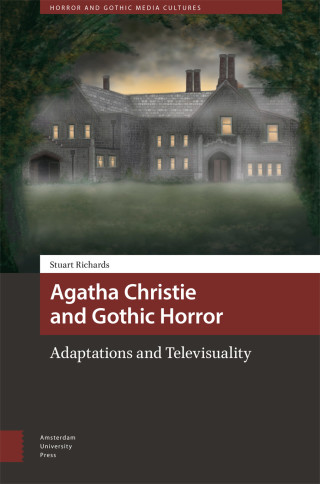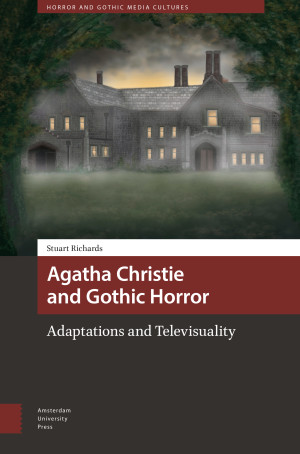Agatha Christie’s work has been adapted extensively resulting in transformations that are both textual and cultural. While many adaptations are best known for being quaint murder mysteries, there are many adaptations of her work that draw on horror aesthetics. This book will look at how the growth of Agatha Christie adaptations have grown increasingly darker. Of key relevance to this study is the work of Sarah Phelps, whose Witness for the Prosecution, And Then There Were None, Ordeal by Innocence, The ABC Murders and The Pale Horse all are darker than their precedents. Born out of their contemporary screen contexts, they use entrenched literary and filmic codes of Gothic horror as central reference points for audiences. Drawing on adaptation scholarship, where adapters are interpreters as well as creators, this study will look at how Agatha Christie is closer to Gothic horror than what we realise.

